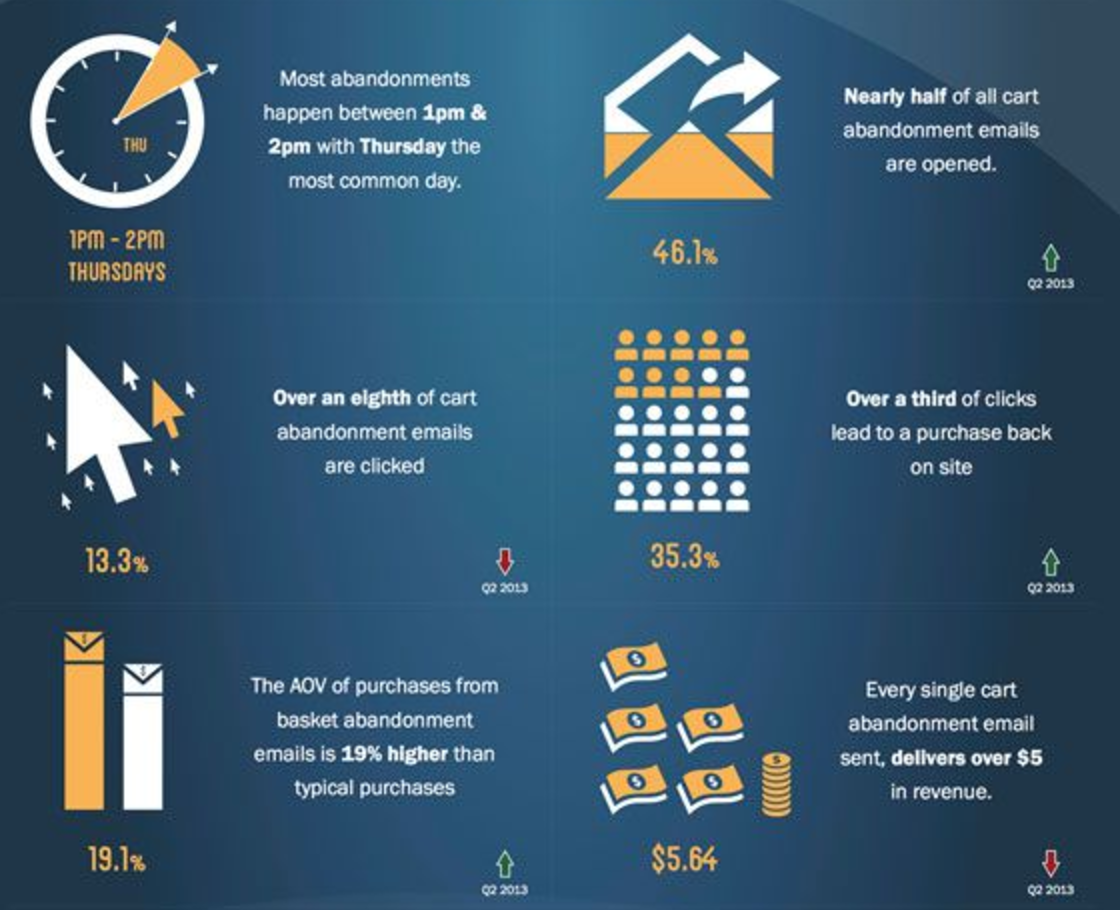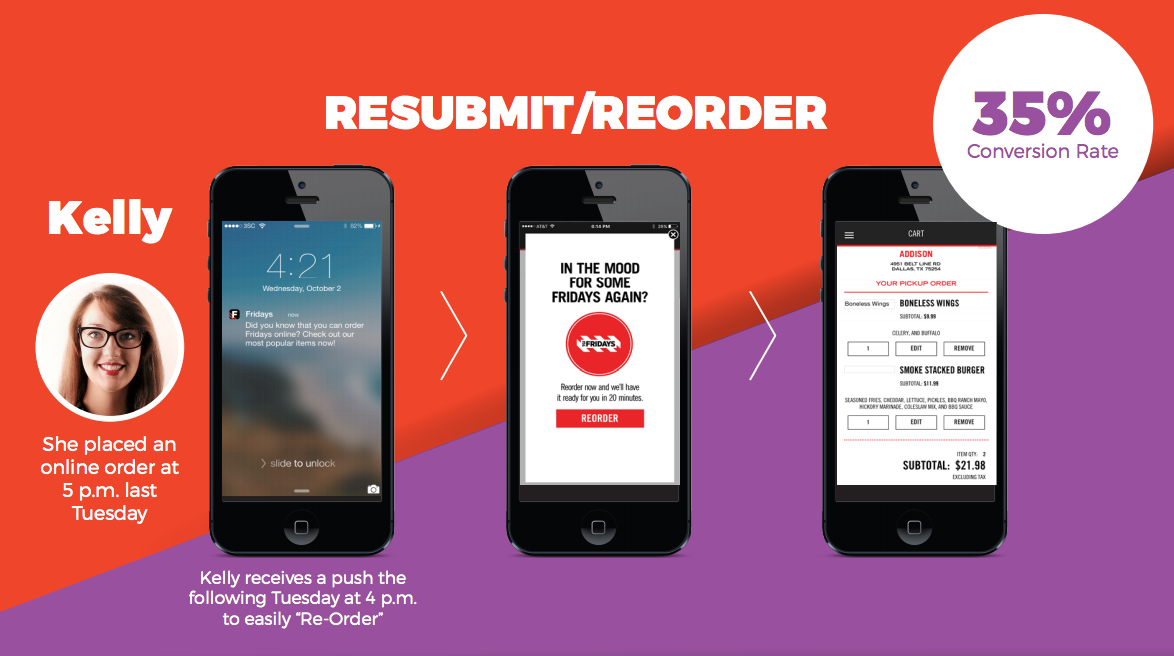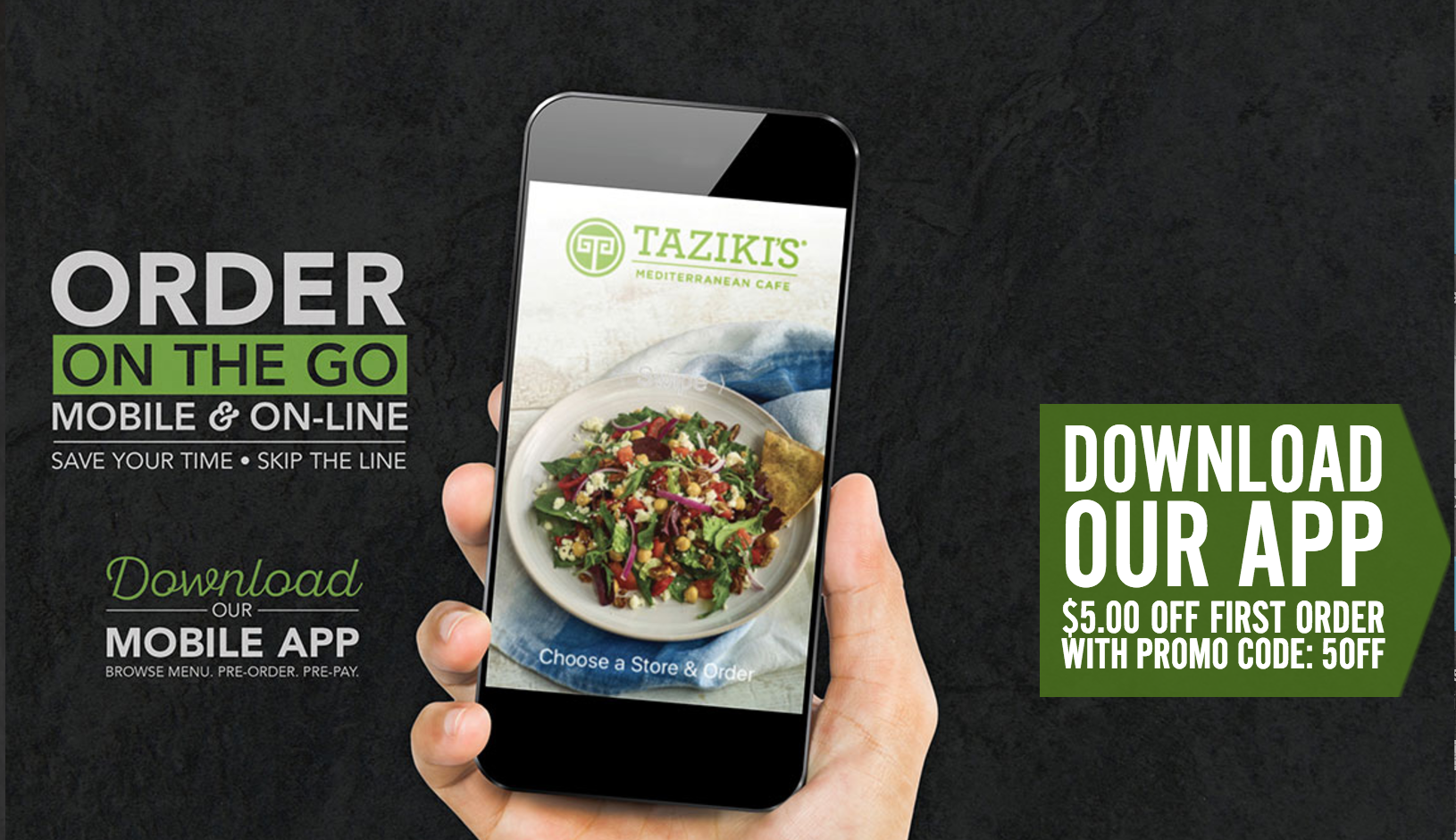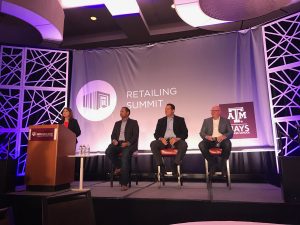Much of the information going around regarding generational buying preferences is based on alternative facts. Millennials and Generation Z for instance, are often said to be harkening the death of physical retail with their online shopping habits; when in actuality, both generations make the majority of their purchases in brick and mortar stores after omnichannel browsing. As a result of this informational disparity, many retailers get lost in the details of trying to build their presence across channels.
It will come as no surprise that a targeted omnichannel presence is paramount to a company’s ability to reach and convert next generation customers. However, when retailers research how to bridge the gap between their traditionally-run businesses and their Millennial or Generation Z target customer they are met with a barrage of false information.
To cut through the confusion, Nectarom consulted with leading retail analysts to find data-backed actionable insights on how retailers can construct their omnichannel presence in order to increase traction with a Millennial and Generation Z audience. The following guide will demystify the methods being used by successful retailers to build their revenue by offering their young customers a targeted, personalized omnichannel experience.
“One thing we know for sure, is that Gen Z inherently understands the new retail landscape, which sounds like this: ‘We don’t have to go to stores anymore, we have to want to go to stores.’ So if a retailer has stores they’d like to market to 80 million young people with expendable income, it’s time to think about why they would want to visit one of these stores. If they can’t answer that, or the answer is something lame like, ‘we’re cheap,’ it’s time for that company to rethink the reason they even have a brick and mortar store. Retailers need to think about what the term ‘omnichannel’ actually means. Omni-channel should be based on the brand, especially where Gen Z is concerned. For example, XXI’s web site is not made for ecommerce and Urban Outfitters has bands in their Spaces concepts. THAT’S omni-channel being done right, opposed to just opening mall kiosks and bad smartphone apps. Doing what’s right for the brand is more important.” – Lee Peterson, Executive VP of Brand Strategy and Design, WD Partners
Brick and Mortar Is Still a Priority
As we discussed earlier, physical stores are still a priority for next generation customers. According to a 2017 report by IBM/NRF, 98 percent of Gen Z customers still make their purchases in stores. This is especially true for the Generation Z customer, who uses brick and mortar stores as a place to meet up with friends and to test products before making a purchase. Big box stores are awakening to the possibilities of opening small, experiential retail concepts. Nordstrom recently debuted their first test concept of an inventory-less store in LA, called Nordstrom Local.
Although Gen Z has an affinity for the in-store experience, the path to purchase for the Gen Z customer takes place on multiple devices. But retailers take heed: Gen Z customers have a 6-second attention span and they won’t waste time waiting for slow apps or websites to load. According to IBM/NRF, over 60 percent of Gen Z customers will abandon apps and websites if they take too long to load, so businesses can lose out on potential next generation customers if their omnichannel experience isn’t up to par. Paradoxically, this means that retailers need to be equipped with a fast and personalized brand presence across channels in order to lead the Gen Z customer into their physical stores.
“By 2020, Gen Z will make up one-third of the US population. 77% of Gen Z prefers to shop in-store. When it comes to marketing, Gen Z does not trust what brands say about themselves. They trust what friends, family, and other customers say about a brand. So, positive reviews are a crucial factor in the Gen Z path to purchase. Because they trust the recommendations and endorsements of others, influencer marketing is one of the most effective ways of targeting this age group. Gen Z also prioritizes the interactions they have with store associates, so having knowledgeable and friendly employees who can offer personalized advice is a must. Overall, Gen Z is loyal to the experience they have purchasing products, not necessarily the products themselves.” – Meaghan Brophy, Managing Editor, Independent Retailer
Philanthropy and Individuality Define the Brand
Generation Z-ers have often been dubbed “Millennials on Steroids.” This is because Gen Z customers take Millennial values to new extremes. While for years Millennials have been hailed as the most eco-conscious generation of consumers to date, Generation Z shoppers are even more sustainability-minded than their predecessors. According to Forbes, 76 percent of Gen Z customers are concerned about how people are impacting the planet. This makes having a great mission statement is a necessity for brands, since Gen Z customers expect every purchase they make to go towards aiding the greater good. This might even include a publicized sustainability report, or donating a part of every purchase towards a charitable cause.
Creativity is also a core value for many Gen Z customers. This generation not only appreciates the opportunity to have their voice heard, but they also want to take part in the creation process. Retailers such like Target are jumping aboard the crowdsourcing trend by enlisting Generation Z influencers to have a hand in creating their new lines. Target’s Art Class, their new clothing line geared towards Gen Z, lets young people get creative with their apparel with original, influencer-created pieces they can mix and match. Since Gen Z favors being collaborated with over being sold to, so retailers that offer them the opportunity to construct their own unique looks will be the first to win their favor.
“Many analysts believe GenZ are the most advertising-immune generation in history and favor value-driven brands who are pioneers in corporate social responsibility such as having a voice in sustainability, inclusion and making the world a better place with social entrepreneurship and value-add on products. GenZ mobile natives appear to favour retail experiences that are human-centric, interactive and bring people together. GenZ are both instant gratification natives and in-store experience natives, and this is shaping the entire future of E-commerce discovery and how retail brands create a scene in physical stores.” – Michael Spencer, Futurist & LinkedIn Top Voice
Capture Customers on Social Media
This is no time to procrastinate evolution. Brands need to evolve to have staying power and doing things the way they’ve always been done is a death sentence in the current retail landscape. This means that companies need to meet young customers where they are, through advertising methods which appeal to them. Generation Z prefers video to text, which means it’s futile to try to appeal to next generation customers with long-form textual advertising. According to a recent Adweek infographic, 50 percent of Generation Z “can’t live without Youtube.”
Now, more factors than just a customer’s age determine how they navigate their shopping journey. In fact, in the aforementioned Adweek infographic a small number of Gen Z-ers also listed Snapchat, Instagram and even Facebook as their “can’t live without it” platform. More on this in a minute. Regardless of what social channel a young customer prefers to be reached on, one factor remains a constant: they demand a personalized omnichannel shopping journey tailored to their own unique buying preferences.
“If you want to reach GenZ, you need to advertise where we are on YouTube, Instagram, and/or SnapChat. You are wasting your advertising dollars trying to reach Generation Z on Facebook and Twitter. Make sure your ads give us something to engage with and share.
If you want to convert Gen Zer’s on your website, you have a 6-second delivery window to show us real people using your product with pictures and videos – and less words. Also, design your website mobile first and then transform the page to larger screens – I call that reverse responsive design.” – Sky Rota, 13 Year Old Founder of Gen Z Insider
Here’s where we need to start to talk about the importance of segmentation. Generation Z customers have a shorter attention span than any generation which came before them and they expect immediate, intuitive customer service based on their individual buying preferences. Segmenting customers based on generational demographics alone doesn’t provide marketers with enough data to personalize their shopping journey. To create relevant offers, companies also need to tailor their campaigns to suit their target customer’s buying history, location data and online behavior.
“From a marketing standpoint, I don’t think that starting with demographics is all that helpful. It’s way too high level. The best marketing treats different customers differently and is therefore more personalized. Just saying someone is from Generation Z or a Millennial doesn’t result in sufficiently actionable insights and targeting. For instance, it’s hard to say ‘We are the fashion brand for the Millennial professional,’ when so much of that individual’s preferences are determined by factors like location, profession, and lifestyle. Take it down to individual data for relevant and useful insights.” – Steve Dennis, Forbes Contributor, President & Founder of SageBerry Consulting
That’s a Wrap
This isn’t to discount the importance of understanding your customer’s path-to-purchase. While demographical data can be helpful in providing a general understanding of a specific age group’s buying preferences, it is only once companies whittle their this down to an individual level that they provide actionable results. It all comes back to using data to create a single view of each unique customer. Even as our world becomes increasingly technological, companies should still focus their efforts on understanding each individual customer.
Do we need a closing to round this all out?







 Image source
Image source




![[ Case Studies ] How To Apply Omnichannel Personalization in the Restaurant Industry](https://nectarom.com/wp-content/uploads/2017/10/photo-300x212.jpg)


